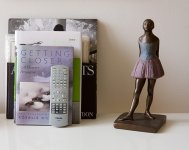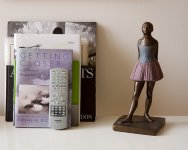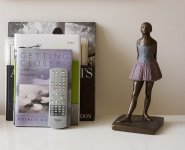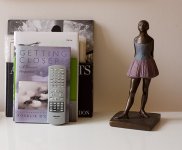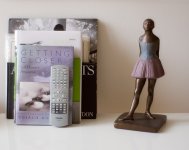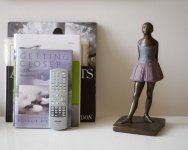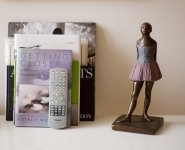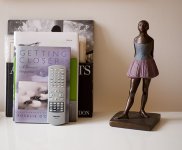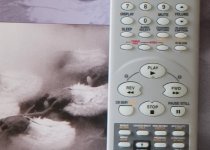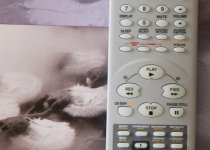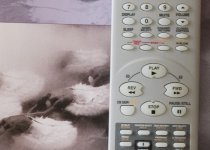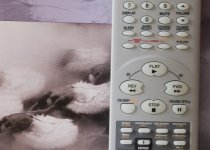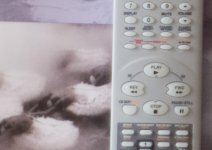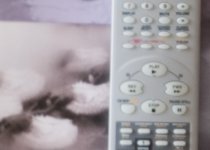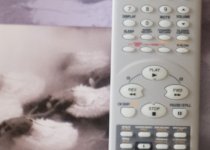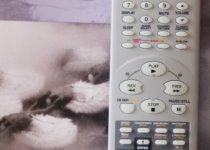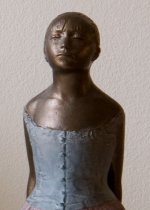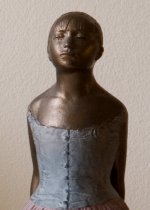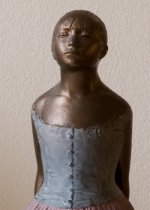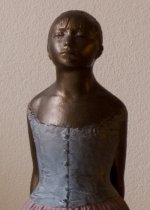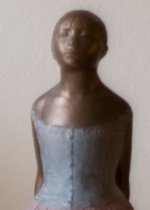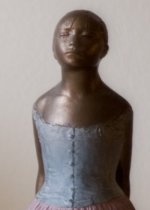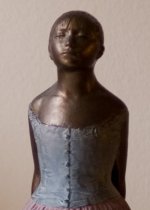jlw
Rangefinder camera pedant
It's great to have a day off work with nothing to do until evening! Still having some time in hand before I go off to shoot rehearsal photos, and already having the tripod and my little test scene (from the 10mp-vs-6mp thread) still set up, I decided to stick all my 50mm lenses on my R-D 1 and shoot it to see if I could learn anything interesting.
For all shots, I used EI 200, shot in raw mode, and converted at Adobe Camera Raw's default settings (so don't try to read too much into minor color-balance differences.)
I had four lenses handy that will fit on the R-D 1: a modern C-V Nokton 50/1.5; a Canon 50/1.4; a Canon 50/1.2; and a Canon 50/0.95 converted to M-mount. (Anyone who feels I should have included a Leica, Nikkor, Carl Zeiss, or FSU 50, feel free to lend 'em to me for six months or so and I should be able to get around to it...)
I shot each lens at its full aperture, whatever that might be, and again at f/8. At this point somebody's going to say, "No, you should have shot all of them at all the same apertures so we can see how the 50/1.2 does at 1.5 and so forth." But -- that's not the way I personally use my lenses. Typically I'm either shooting in awful light, where I need all the aperture I can get... or in a studio setting with strobes, where I can stop down all I want. So, doing it this way may not be "scientific," but it provides me with more useful learning for how I shoot pictures.
Rather than posting the sample pix from each lens separately, I'm going to attach comparable sections from each to the same message, so you can see how they look side-by-side. For example, here are photos from all four lenses, showing the test scene at f/8. I have reduced all of them down to an RFF-friendly 560 pixels wide, applied a slight (and standardized) amount of Smart Sharpen filter to compensate for the downsampling, and saved as JPEG at the max quality setting:
For all shots, I used EI 200, shot in raw mode, and converted at Adobe Camera Raw's default settings (so don't try to read too much into minor color-balance differences.)
I had four lenses handy that will fit on the R-D 1: a modern C-V Nokton 50/1.5; a Canon 50/1.4; a Canon 50/1.2; and a Canon 50/0.95 converted to M-mount. (Anyone who feels I should have included a Leica, Nikkor, Carl Zeiss, or FSU 50, feel free to lend 'em to me for six months or so and I should be able to get around to it...)
I shot each lens at its full aperture, whatever that might be, and again at f/8. At this point somebody's going to say, "No, you should have shot all of them at all the same apertures so we can see how the 50/1.2 does at 1.5 and so forth." But -- that's not the way I personally use my lenses. Typically I'm either shooting in awful light, where I need all the aperture I can get... or in a studio setting with strobes, where I can stop down all I want. So, doing it this way may not be "scientific," but it provides me with more useful learning for how I shoot pictures.
Rather than posting the sample pix from each lens separately, I'm going to attach comparable sections from each to the same message, so you can see how they look side-by-side. For example, here are photos from all four lenses, showing the test scene at f/8. I have reduced all of them down to an RFF-friendly 560 pixels wide, applied a slight (and standardized) amount of Smart Sharpen filter to compensate for the downsampling, and saved as JPEG at the max quality setting:


